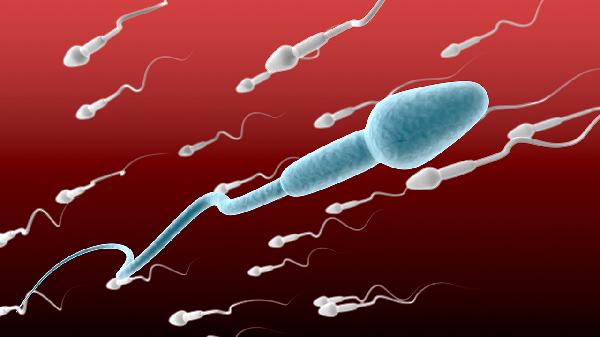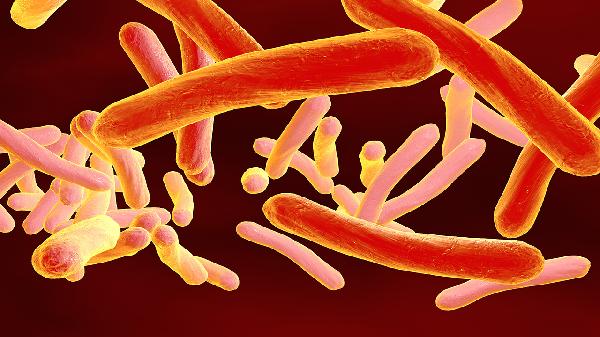Warts (wart) are benign skin growths caused by viruses, first mentioned in the "Huangdi Neijing." They are most common in children and young adults, with an incubation period of 1 to 3 months, and can spread through self-inoculation. The virus resides in the stratum spinosum cells, promoting cell proliferation and resulting in wart-like lesions. Common types include common warts, flat warts, molluscum contagiosum, and condyloma acuminatum. In traditional Chinese medicine, they are referred to as "the human papillomavirus," "rat breast," "dry tendon arrow," "thousand-day sore," "scab sore," or "regret sore," commonly known as "hard head meat" or "hard growths." So, what are the symptoms of a wart infection?

Due to the different types of warts, clinical manifestations vary:
Flat warts appear as flat, elevated lesions the size of rice grains or sesame seeds, with a smooth surface and light brown or normal skin color.
Molluscum contagiosum initially presents as a hemispherical papule the size of a rice grain with a small white dot in the center, gradually increasing to the size of a mung bean, with distinct borders, a hard texture, and a central depression resembling a navel. They appear in shades of gray, milky white, pink, or normal skin color and have a smooth surface. The number of lesions varies, either scattered or clustered, and white cheesy material can be squeezed out.
Common warts start as small, slightly yellow keratotic papules the size of a rice grain, with a small red dot visible in the center, gradually increasing to the size of a mung bean. They have a round or polygonal papillary elevation, distinct borders, a hard texture, and a rough, prickly surface, appearing grayish, dirty, or brownish. Initially, there is usually one wart, which may remain unchanged or increase in number over time, with adjacent warts sometimes merging together and occasionally spreading through self-inoculation.
The rash appears as flat papules the size of millet to sorghum, round, oval, or polygonal in shape, with clear borders and a smooth surface, in light brown, yellowish-brown, or normal liver color. They often appear symmetrically on the face, back of the hands, forearms, etc., either scattered or densely distributed, and can spread through scratching. Mild itching is occasionally felt.
























